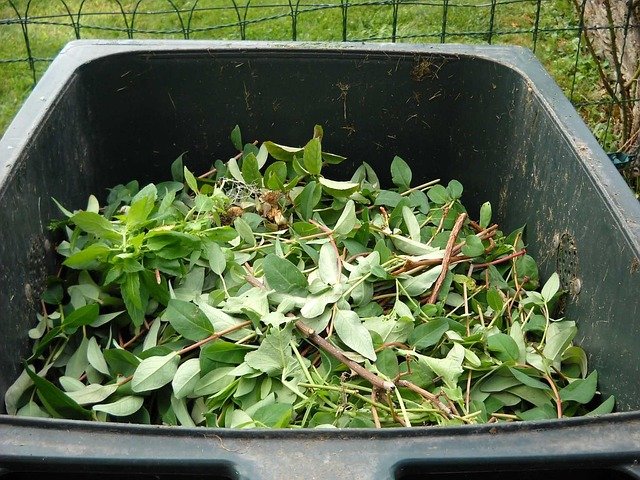Garden Waste: Wood Shredders, Mulch and Branch Care
A well-kept garden depends not just on planting and watering but on smart debris handling and sustainable practices. Managing cut branches, leaves, and woody clippings can be laborious without the right approach. This article explains practical ways to use a wood shredder, turn materials into mulch, and improve waste management so your garden stays healthy and tidy with less hassle.

Garden debris and seasonal planning
Tidy gardens begin with planning: know when to prune, chip, and compost. Seasonal cleanups reduce disease and improve sunlight and airflow for plants. Designate clear zones for green waste, compost, and reusable mulch so materials don’t mix with household trash. If you work with local services, coordinate collection schedules and ask about accepted materials to avoid rejected loads. Proper storage of branches and clippings—protected from prolonged moisture—prevents rot and pest attraction. Thoughtful scheduling also helps prioritize urgent removal after storms and keeps routine cleanups manageable year-round.
Choosing a wood shredder for yard work
A wood shredder can transform bulky branches into manageable chips, but selection depends on the size and type of debris. For small suburban gardens, residential electric shredders handle thinner branches and soft green waste; for heavier, woody branches, gas or heavy-duty hydraulic models are more appropriate. Consider throughput (how much it can process per hour), feed opening size for branch diameter, and safety features like emergency shutoffs. Renting a unit from local services can be cost-effective for one-off jobs, but frequent shredding justifies purchasing. Proper maintenance—clearing jams and sharpening blades—keeps performance high and extends machine life.
Turning chips into mulch
Wood chips produced by shredding make excellent mulch when applied correctly. Mulch suppresses weeds, conserves soil moisture, moderates temperature, and gradually improves soil structure as it decomposes. Apply a 2–4 inch layer around trees and beds, keeping mulch a few inches from trunks and stems to avoid rot. Mixed chips and shredded leaves create balanced texture; avoid fresh wood chips against young seedlings because they can compete for nitrogen during decomposition. For environmentally conscious gardeners, using on-site materials reduces transport footprint and supports closed-loop waste management in the garden ecosystem.
Efficient waste management for yards
Effective waste management combines reduction, reuse, and proper disposal. Segregate green waste from mixed municipal trash and aim to recycle or compost what you can. Many municipalities and private local services offer scheduled green waste pickup or drop-off centers; check guidelines for accepted branch sizes and contamination rules. Be aware that online booking tools or equipment rental portals sometimes fail—if you encounter errors such as Service Unavailable: , reach out by phone or email to confirm arrangements. For larger volume, consider hiring professional garden services that include shredding and haul-away to streamline the process.
Pruning and managing branches
Correct pruning minimizes excess branch waste and promotes plant health. Use the right tools—pruners for small shoots, loppers for medium branches, and saws for larger limbs—and follow pruning best practices to avoid damage and disease transmission. After cutting, sort branches by size: thin twigs go to compost, medium branches to shredders for mulch, and very large limbs may need to be cut further for transport or accepted by green waste facilities. If disposal is a challenge, local services often offer chipping and removal packages. Proper pruning timing and technique reduce future waste and stimulate stronger growth.
Conclusion
Sustainable garden care relies on planning, appropriate equipment, and sensible waste management. A wood shredder can convert branches into valuable mulch, but success comes from matching tools to needs, following mulch best practices, and using local services when necessary. Keep digital backups for bookings and a phone contact in case online systems time out. With consistent routines, your garden’s debris becomes an asset rather than a burden.






